The Rise of Stablecoins and the Governments’ Arms Race to Regulate Facebook’s Libra Cryptocurrency
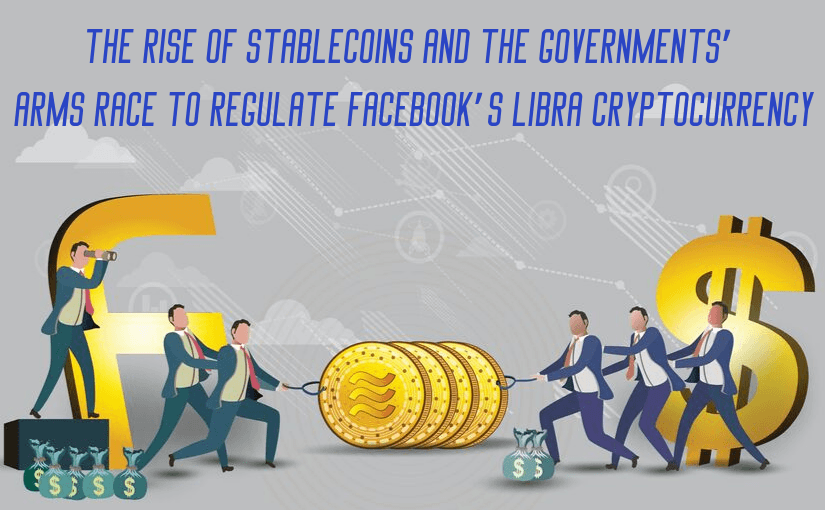
There are many types of stablecoins, and for the most part, they have been issued by cryptocurrency firms. However, this trend is changing as more traditional institutions and big tech firms dip their feet into the fledgling cryptocurrency industry.
What is stablecoin?
A stablecoin is a new cryptocurrency designed to offer price stability and is usually backed reserve assets or a basket thereof. For the most part, stablecoins are the cure to the high volatility of crypto assets, which many experts have alleged to be the main reasons why assets such as bitcoin cannot function as money for everyday use.
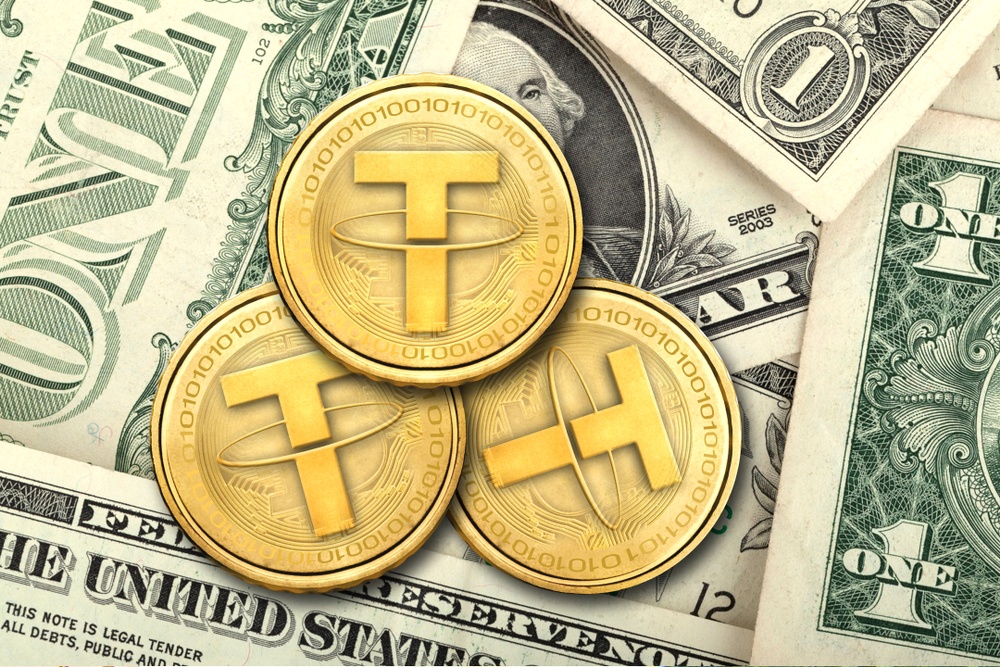
The price stability of stablecoin is attributed to the reserve assets that back them and because of this, this type of digital asset is immune to wild price swings that have become synonymous with the crypto industry.
There are three different types of stablecoins; namely fiat-collateralized, crypto-collateralized, and non-collateralized.
Fiat-collateralized
This is the most popular and straight forward version of stablecoins. Its concept is quite clear and simply states that for every coin in circulation, there is an equivalent amount of fiat currency to back it up. The issuer of the stablecoin is responsible for its production and liquidation, and in a way, acts as the central bank for the stable digital currency.
Stablecoins are mainly pegged on par with major currencies such as the USD, British Pound, Japanese Yen, and a few more. Without any doubt, the majority of stablecoins are pegged to the USD because of its role as the world’s reserve currency.
The issuing company should be able to prove its reserves that back up the stablecoin through transparent audits but this hasn’t been happening. One of the most popular stablecoins on the market is Tether, and it has been involved in its fair share of controversies over the last couple of years.
It should be known however that the issuers of collateralized stablecoins are in business, and somehow, they have to make money from it all.
The coin issuers make money by taking your deposits and using that money to make low-risk investments. The investments should be highly liquid so that the issuer can be able to give you back your money when you need it.
These stablecoins come with some risk because they depend on the issuer and the kind of investments they make. Imagine what will happen if the funds are mismanaged or the company makes poor investment choices. This will take the coin down. And your investment too.
Crypto-collateralized stablecoins
There is no doubt from the name that this kind of stablecoin is collateralized by other cryptocurrencies such as Bitcoin or Ethereum. This might seem like a conflict of interest since cryptocurrencies are not stable.

The issuers of the stablecoin need to set up protocols in place to ensure that the price of the stablecoin remains stable. Examples of issuers of crypto-collateralized stablecoins are MakerDao and Havven.
Algorithmic stablecoins
Algorithmic stablecoins, also known as non-collateralized stablecoins, offer a different design to maintain stability without being reserved by an asset. It operates the same way as fiat currencies such as the USD, which is not backed by an asset since the US abandoned the Bretton Woods Agreement in the early 1970s.
An algorithm is used to control the supply and demand of the stablecoin, and hence its price.
Can the rise of stablecoins improve or benefit traditional payments?

While stablecoins are primarily used to hedge against price volatility that has become the hallmark of digital assets such as bitcoin, can they take things a notch higher and be used as an alternative to the traditional payment systems.
Many people know that traditional payment systems are a bit inefficient with cross border transactions normally taking a day to clear. There are faster payment alternatives such as PayPal but these are associated with high costs.
The world is also changing as more people live their home countries to seek greener pastures elsewhere but the obligation to financially look after their families has never changed. This is why the remittance industry is flourishing.
According to the World Bank, the remittance industry grew to $689 billion in 2018, up from $633 billion the previous year. However, the fees for sending money home ranges from 7 to 10 percent and there is a target under the Sustainable Development Goal (SDG) to reduce this to 3 percent in the next 11 years (by 2030).
Can the rise of the stablecoins be used to overcome these challenges, and if so, how will this be achieved?
New issuers of stablecoins and the impact on the global monetary system
The world of cryptocurrencies is surprising as the people in it. While some people were celebrating love on Valentine’s Day this year, JP Morgan, one of the largest investment banks in the world with total assets worth more than $2.7 trillion, issued its own in-house stablecoin.

According to CNBC, the bank transacts nearly $6 trillion every day for its corporate clients, and a fraction of that will be moved via JPM Coin, an experimental inhouse stablecoin reserved for the bank’s clients.
This is a clear indication that the bank is preparing for a future where blockchain technology and its applications (with bitcoin being the most successful and popular) will be at the forefront. JP Morgan’s stablecoin came less than two years after its CEO Jamie Dimon bashed bitcoin, calling it a fraud.
It was not long before Mizuho Financial Group, one of Japan’s banking heavyweights announced its plans to launch a Yen-pegged stablecoin.
A new trend is emerging in which traditional financial companies are developing their own stablecoins. Yet none of them would have the same impact as Facebook’s proposed Libra cryptocurrency, a stablecoin tied to a basket of major fiat currencies.
Facebook’s Libra cryptocurrency
Facebook, the largest social network on the planet by a number of users, gatecrashed the cryptocurrency sector with a white paper, just like everybody else.
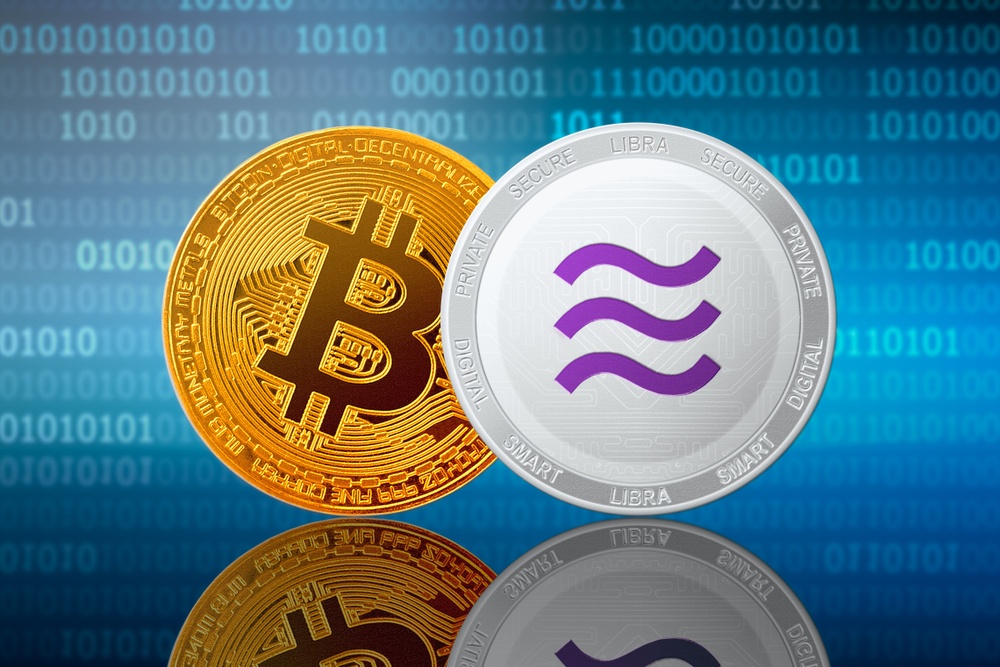
According to the white paper, “Libra’s mission is to enable a simple global currency and financial infrastructure that empowers billions of people.”
Half of Libra reserves will be backed by the USD, while other currencies such as the Japanese Yen, the Euro, British Pound, and the Singaporean Dollar will make up for the other half. Missing from the lot is the Chinese Yuan, which many experts believe was strategically left out as the social media giant tries to appease US regulators since the Yuan is emerging as a global reserve currency.
It is a currency expected to be used by more than one billion people in emerging markets but policymakers are not impressed at all.
The US President Donald Trump is at the front of Libra’s firing line. He tweeted a few months ago stating that he is not a fan of bitcoin and Libra, and added that Facebook should apply for the appropriate license if it intends to be in the banking business.
Other countries have followed suit, particularly France and Germany who don’t want the stablecoin to see the day of light because it is a threat to the existing financial system.
Why governments are afraid of Facebook’s Libra stablecoin
In a short space of time, Facebook’s Libra cryptocurrency has achieved something that bitcoin failed to do in its first decade – publicly engulf world governments with fear.
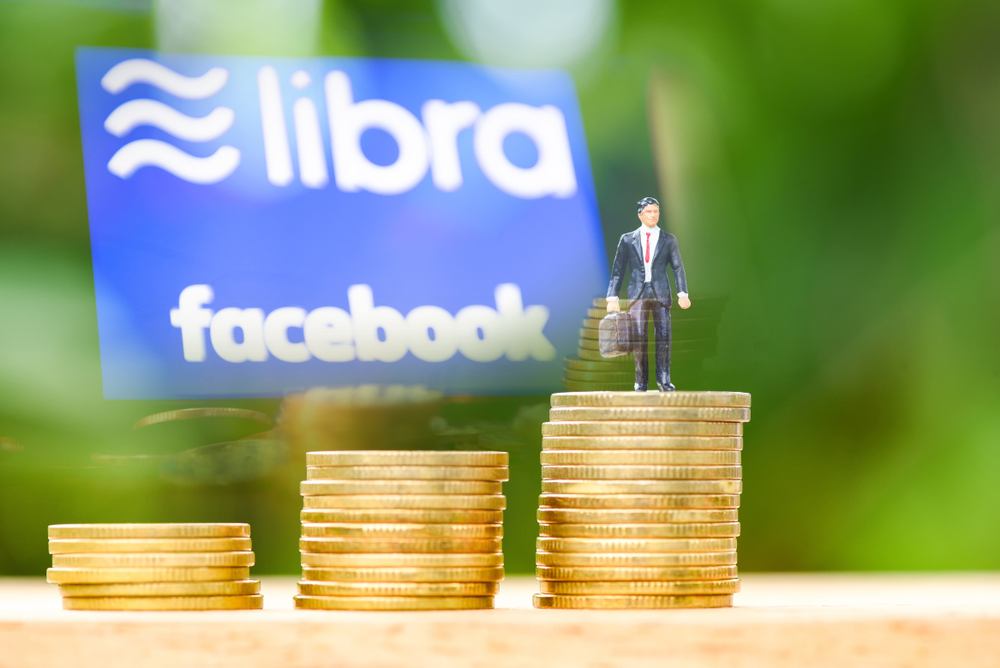
For starters, Bitcoin is a decentralized network with no leader. It is maintained by miners spread across the world and no one can lay a claim to it. However, things are different with Libra, which will likely be controlled by Facebook even if the official word is that the cryptocurrency will be administered by the Libra Association.
This fear is exacerbated by Facebook’s massive reach. The social media giant has more than 2 billion users across the globe and regulators are afraid that the social media giant will create a sovereign currency that threatens state currencies.
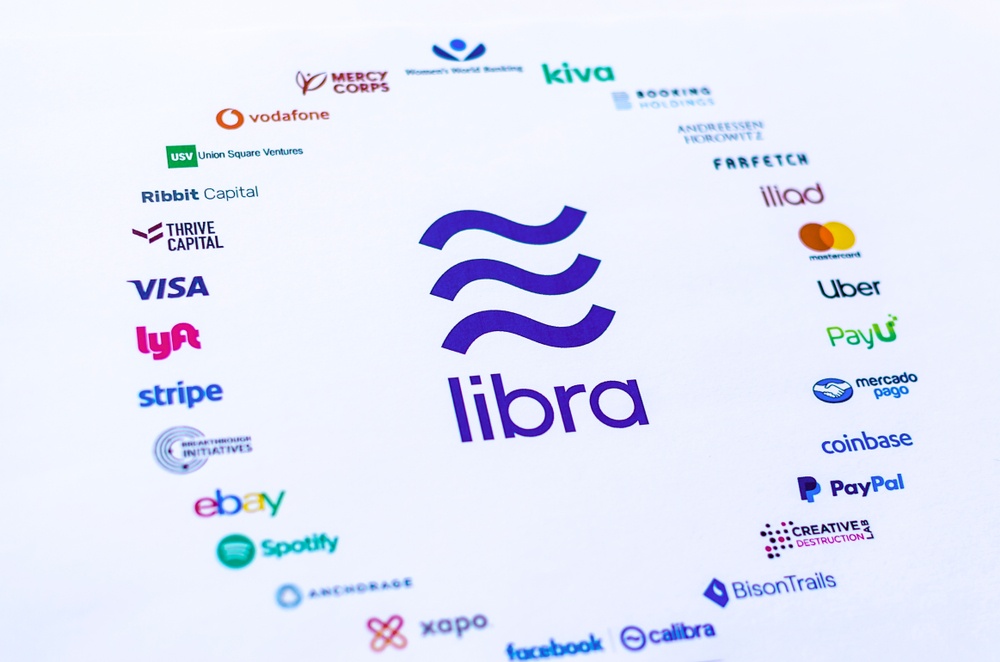
Facebook’s cryptocurrency is seemingly treading on the realm only reserved for central banks and if it is allowed to go ahead with its plans to launch Libra early next year as planned, it could pave the way for big companies to develop similar digital currencies.
There are also legitimate privacy concerns that are made more relevant by Facebook’s disregard for the vast amount of data that it has.
The Cambridge-Analytica scandal is vivid in people’s memories and it could play a huge role in determining the success or failure of Libra.
Libra is a threat to other stablecoins
Facebook’s creation of Libra will tackle price volatility and probably address network speed. These are some of the biggest challenges in the crypto sector that a number of stablecoin projects have tried to solve.

The launch of Libra will ultimately offer direct competition to these stablecoin projects, some of which are suffering or have been tainted with scandals before.
Basis, an algorithm-based stablecoin closed shop after running into regulatory challenges with US securities laws. This was after the company had raised more than $130 million from investors.
Libra, due to the sheer size of Facebook’s reach and the number of fiat currencies backing its reserves, will likely be more acceptable, liquid, and secure.
Libra is well poised to be the leader in this market segment.
Ripple, the third-largest cryptocurrency by market capitalization, will likely feel threatened by Libra as they are both targeting the same market. Ripple is described as a bridge currency that allows people and entities to send money from one country to another using the shortest possible route.
Libra will also take on remittance service providers such as Western Union and MoneyGram.
Stablecoins carry risks
The rise of stablecoins, particularly Facebook’s Libra cryptocurrency, comes with a lot of risks that policymakers need to address beforehand.
In the case of Libra, banks stand to lose their positions as intermediaries as people will be able to transact directly without the need for a third party. While banks will not likely disappear immediately, the stablecoin issuers could turn out to be new versions of banks that they replaced.
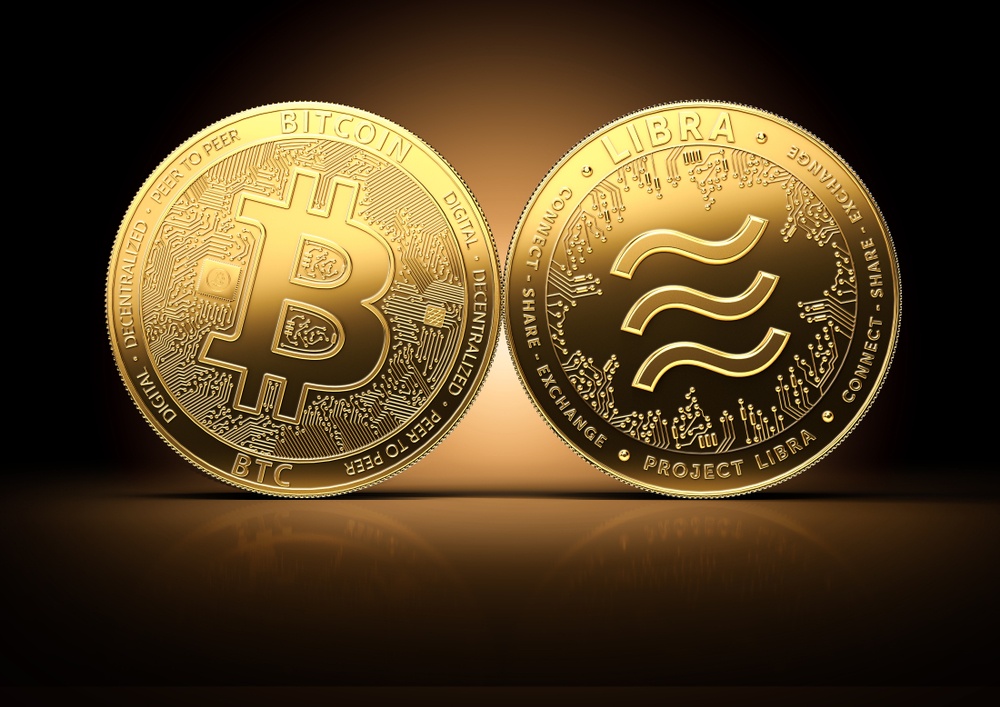
Some have even suggested that stablecoins will force governments to implement sound money policies. The new stablecoins will likely be preferred in countries such as Zimbabwe and Venezuela where hyperinflation runs wild.
Stablecoins, just like cash and cryptocurrencies, could potentially be used for illicit financial activities. The issuers must implement policies that curb these activities.
If Libra becomes a success and other tech giants take a similar stance, it could give rise to monopolies who will probably monetize the vast amount of data at their disposal.
Final thoughts
Stablecoins are here to stay and they have been given a new lifeline by Facebook’s Libra even though it is a threat to them. Libra has emerged as a threat to central banks and has forced countries such as China to accelerate the development of their own national digital currencies.
On the other hand, Facebook’s Libra will likely face competition from those within the crypto industry, but with so much to offer to the users. Binance, which is evolving into an ecosystem, has launched project Venus which will be a fierce competitor to Libra.
Overall, the Facebook Libra story is good for crypto publicity.
